TABLE 15-5
What are the factors that determine the acceleration time (in sec.) from 0 to 60 miles per hour of a car? Data on the following variables for 171 different vehicle models were collected:
Accel Time: Acceleration time in sec.
Cargo Vol: Cargo volume in cu. ft.
HP: Horsepower
MPG: Miles per gallon
SUV: 1 if the vehicle model is an SUV with Coupe as the base when SUV and Sedan are both 0
Sedan: 1 if the vehicle model is a sedan with Coupe as the base when SUV and Sedan are both 0
The regression results using acceleration time as the dependent variable and the remaining variables as the independent variables are presented below.
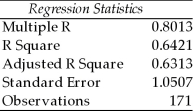 ANOVA
ANOVA

 The various residual plots are as shown below.
The various residual plots are as shown below.
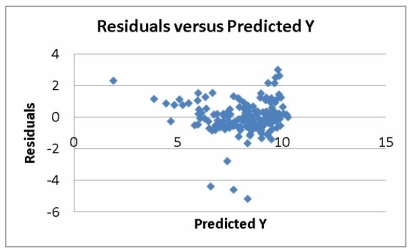
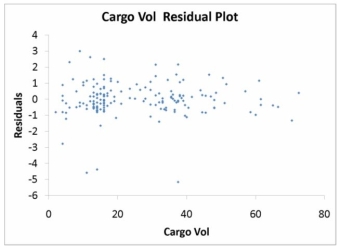
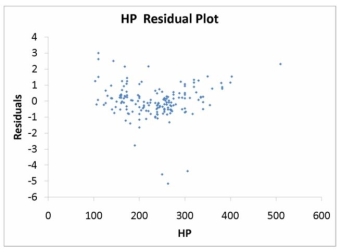
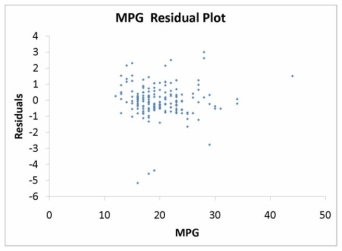
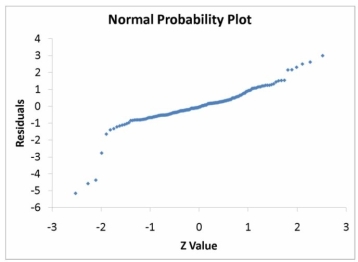 The coefficient of partial determination (
The coefficient of partial determination (  ) of each of the 5 predictors are, respectively, 0.0380, 0.4376, 0.0248, 0.0188, and 0.0312.
) of each of the 5 predictors are, respectively, 0.0380, 0.4376, 0.0248, 0.0188, and 0.0312.
The coefficient of multiple determination for the regression model using each of the 5 variables as the dependent variable and all other X variables as independent variables (  ) are, respectively, 0.7461, 0.5676, 0.6764, 0.8582, 0.6632.
) are, respectively, 0.7461, 0.5676, 0.6764, 0.8582, 0.6632.
-Referring to Table 15-5, the 0 to 60 miles per hour acceleration time of a coupe is predicted to be 0.6427 seconds lower than that of a sedan.
Definitions:
Organization
The arrangement of ideas, people, or things in a systematic way to achieve objectives or provide structure.
Repetition
The act of repeating something that has already been said or written, often used for emphasis or to enhance learning and retention.
Audience Comprehension
The degree to which an audience understands and grasps the information or message conveyed to them by a speaker or writer.
Public Speaking
The act of delivering a speech before a live audience with the purpose of informing, persuading, or entertaining.
Q3: Referring to Table 13-2, what is the
Q32: Referring to Table 13-12, the value of
Q37: Referring to Table 13-3, the director of
Q40: Referring to Table 12-7, the decision made
Q46: Referring to Table 16-5, the best interpretation
Q106: Referring to Table 13-10, the average weekly
Q111: Referring to Table 14-4, which of the
Q161: Referring to Table 14-10, to test the
Q191: Referring to Table 13-12, you can be
Q211: Referring to Table 14-7, the value of